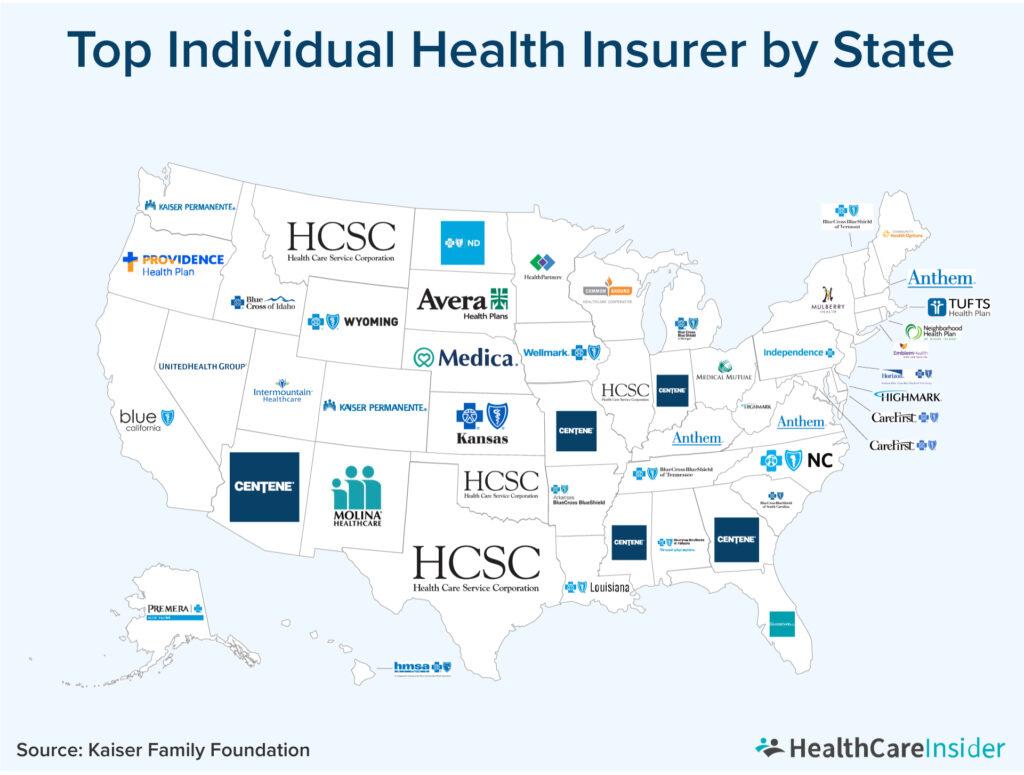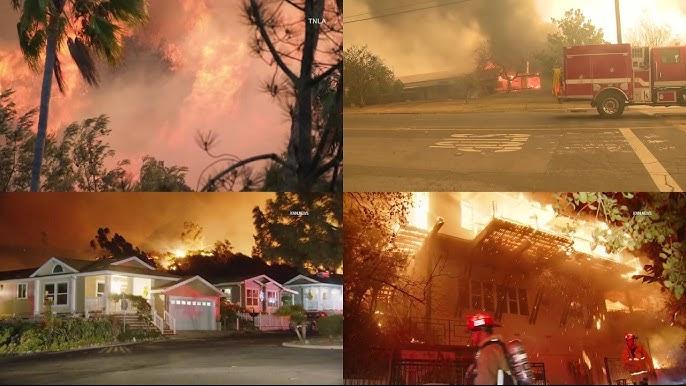Title: When Safety Nets Disappear: California’s Unsettling Insurance Crisis
In the sun-drenched landscape of California, where wildfires have become an increasingly menacing annual ritual, homeowners are confronting a stark and unexpected reality. Insurance companies, once perceived as steadfast guardians against catastrophic loss, are systematically withdrawing coverage from vulnerable communities. This exodus raises critical questions about risk, resilience, and the evolving dynamics between insurers and policyholders in an era of escalating environmental challenges. As the state grapples with unprecedented climate-related risks, the sudden policy cancellations threaten to leave countless residents suspended in a precarious financial limbo, their most significant asset—their home—suddenly unprotected and potentially uninsurable. In the wake of devastating wildfires and escalating climate risks, insurance giants have made a strategic retreat from California’s high-stakes property landscape, leaving homeowners in a precarious position. The exodus is not merely a financial decision but a complex calculus of environmental vulnerability and economic self-preservation.
Major insurers like State Farm and Allstate have dramatically scaled back their coverage, citing unprecedented wildfire risks and astronomical potential losses. California’s recent climate patterns—characterized by prolonged droughts, extreme heat waves, and increasingly destructive fire seasons—have transformed the state into a high-risk insurance territory.
The fundamental problem stems from a perfect storm of environmental and regulatory challenges. California’s unique topography, with expansive wildland-urban interfaces, creates intricate risk scenarios that traditional insurance models struggle to accommodate. Insurers are confronting astronomical potential payouts that threaten their financial stability.
Statistical data reveals a stark reality: between 2017 and 2021, California experienced multiple record-breaking wildfire seasons. Insurers have paid out billions in claims, far exceeding traditional risk calculations. The Camp Fire of 2018 alone caused approximately $16.5 billion in insured losses, fundamentally reshaping industry perspectives.
Regulatory constraints further complicate the landscape. California’s insurance regulations, designed to protect consumers, paradoxically create barriers for companies seeking to adjust premiums commensurate with emerging risks. State laws limit how aggressively insurers can price policies, creating a difficult economic environment.
The consequences extend beyond immediate policy cancellations. Homeowners in high-risk zones face dramatically reduced options, with some regions experiencing near-total insurance unavailability. This creates a domino effect impacting property values, mortgage accessibility, and community sustainability.
Climate change serves as the underlying catalyst, transforming risk assessment from theoretical modeling to urgent economic imperative. Insurers are essentially recalibrating their entire approach, viewing California not just as a state, but as a complex risk ecosystem requiring fundamentally new strategies.
Some companies are exploring technology-driven solutions, utilizing advanced satellite imaging, predictive modeling, and real-time risk assessment to develop more nuanced coverage approaches. These innovations might represent the future of insurance in high-vulnerability regions.
The current situation demands collaborative solutions involving state regulators, insurance companies, and environmental experts. Without comprehensive strategies addressing climate resilience, infrastructure protection, and adaptive risk management, California’s insurance landscape will remain precarious.
For homeowners, the message is clear: proactive risk mitigation, including extensive property hardening, defensible space creation, and comprehensive emergency preparedness, has become not just advisable, but potentially essential for future insurability.

